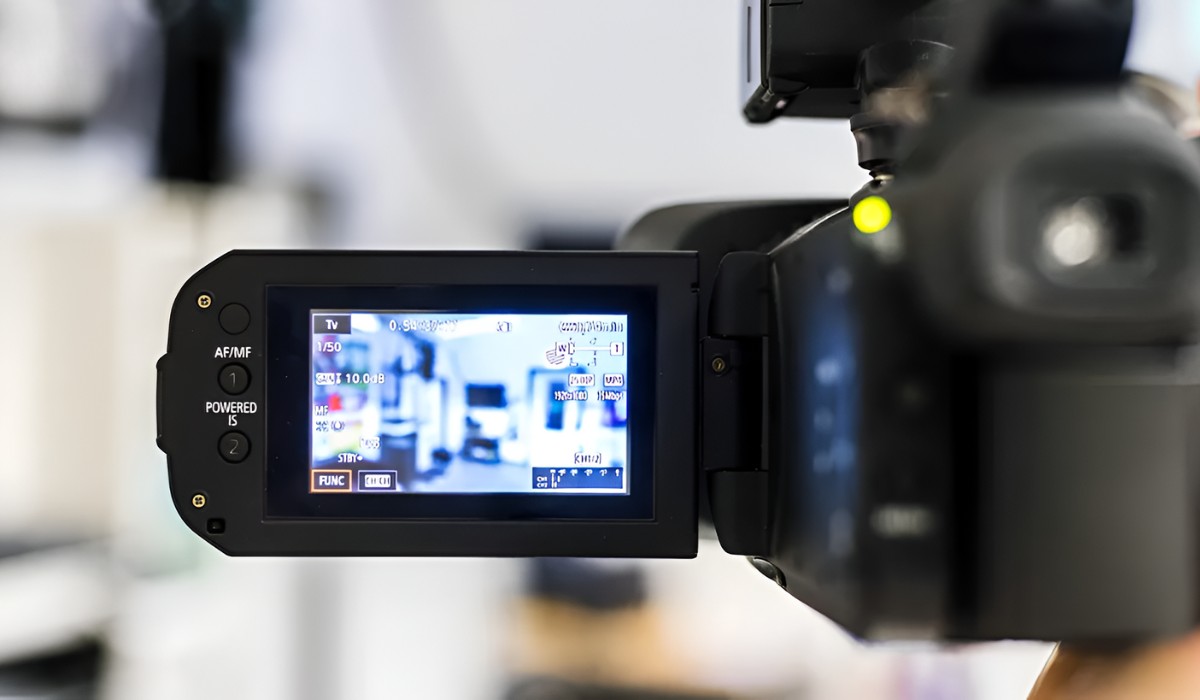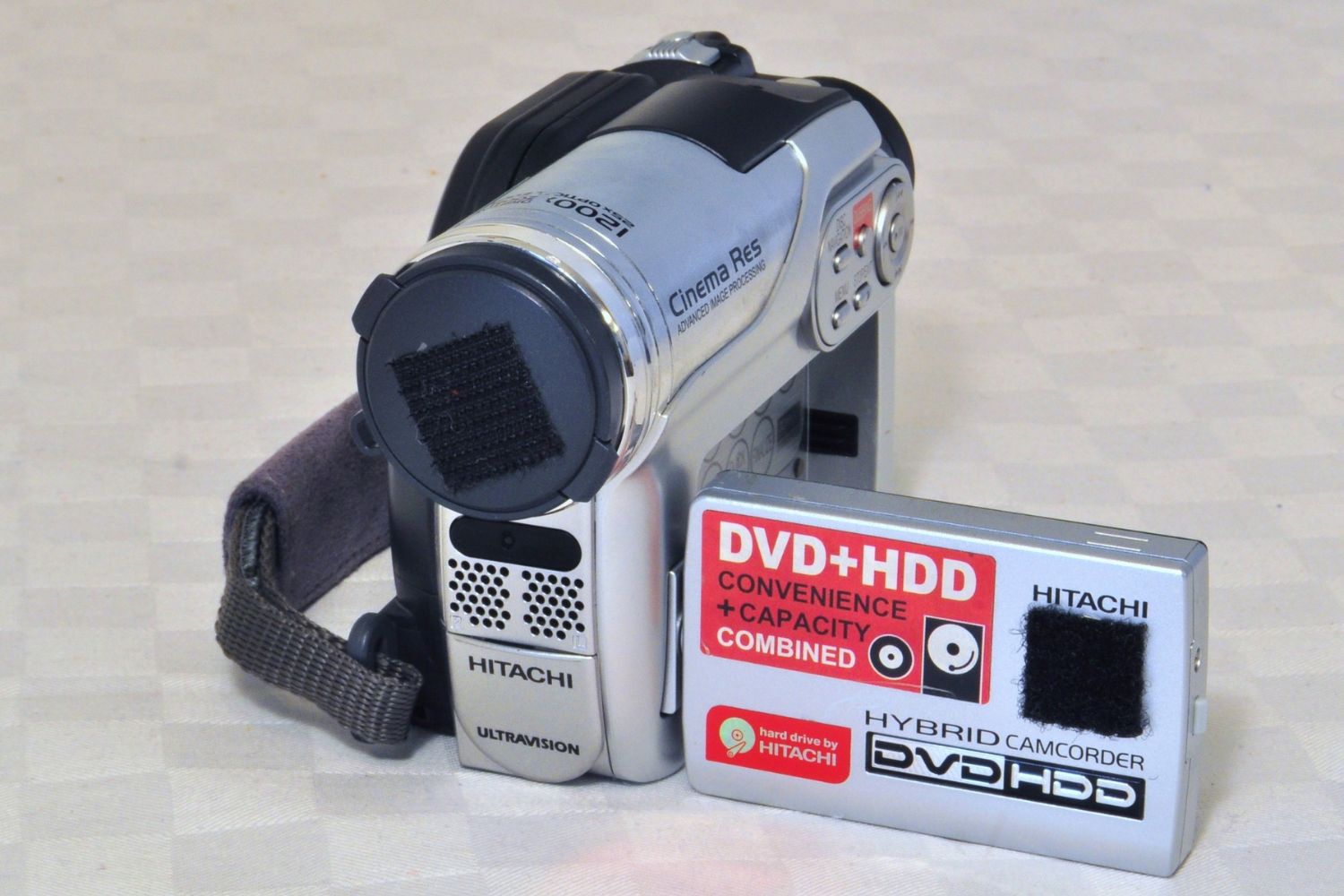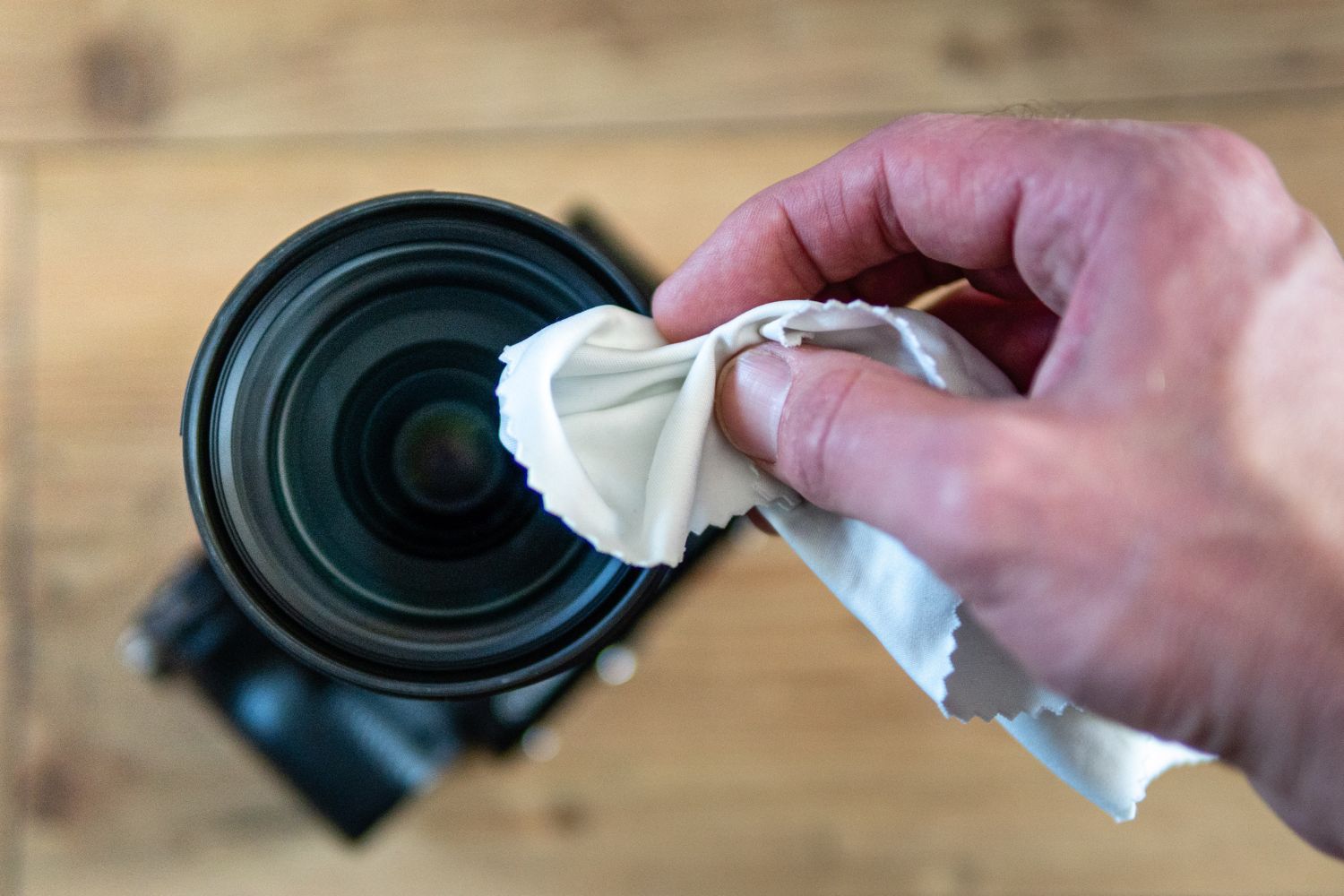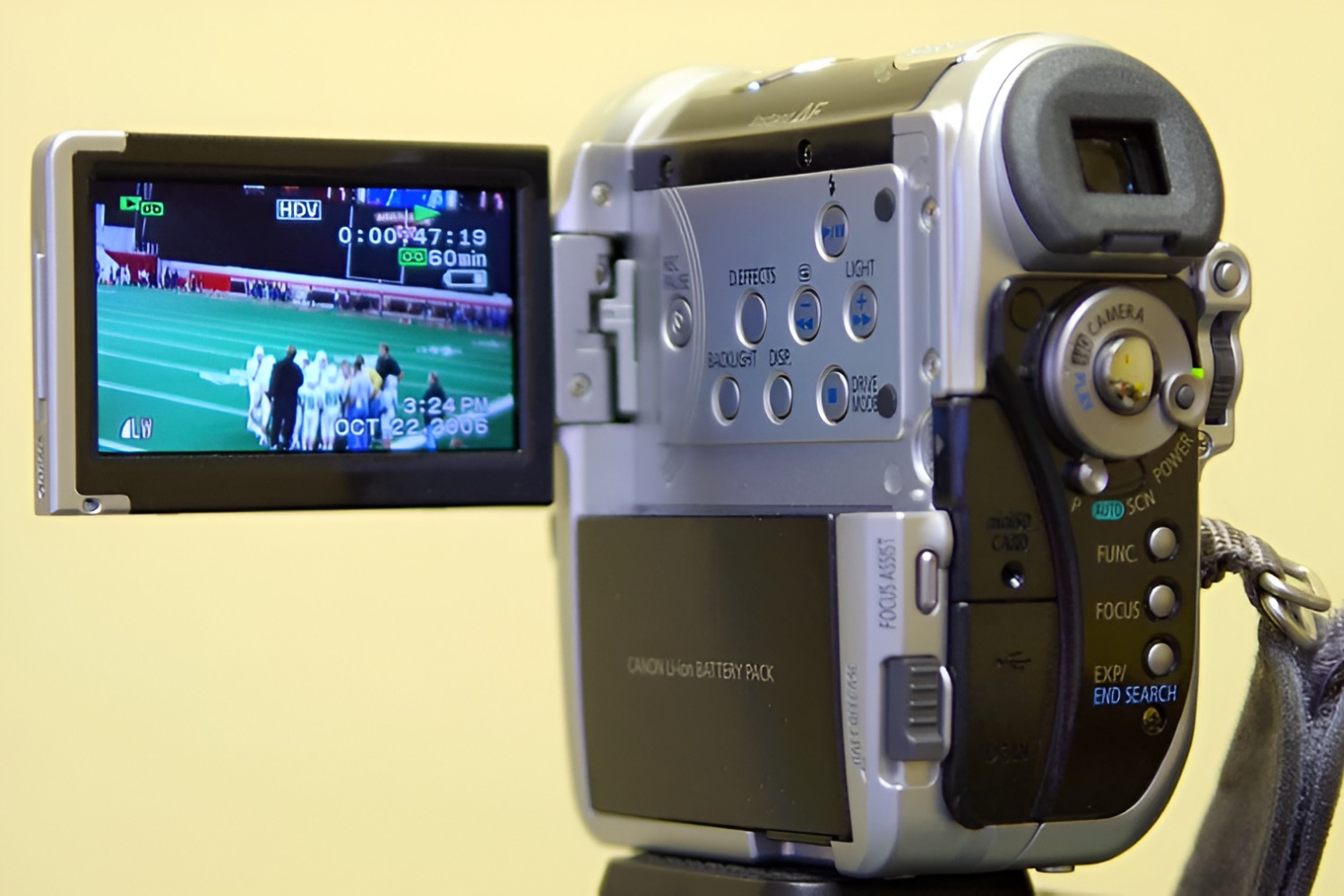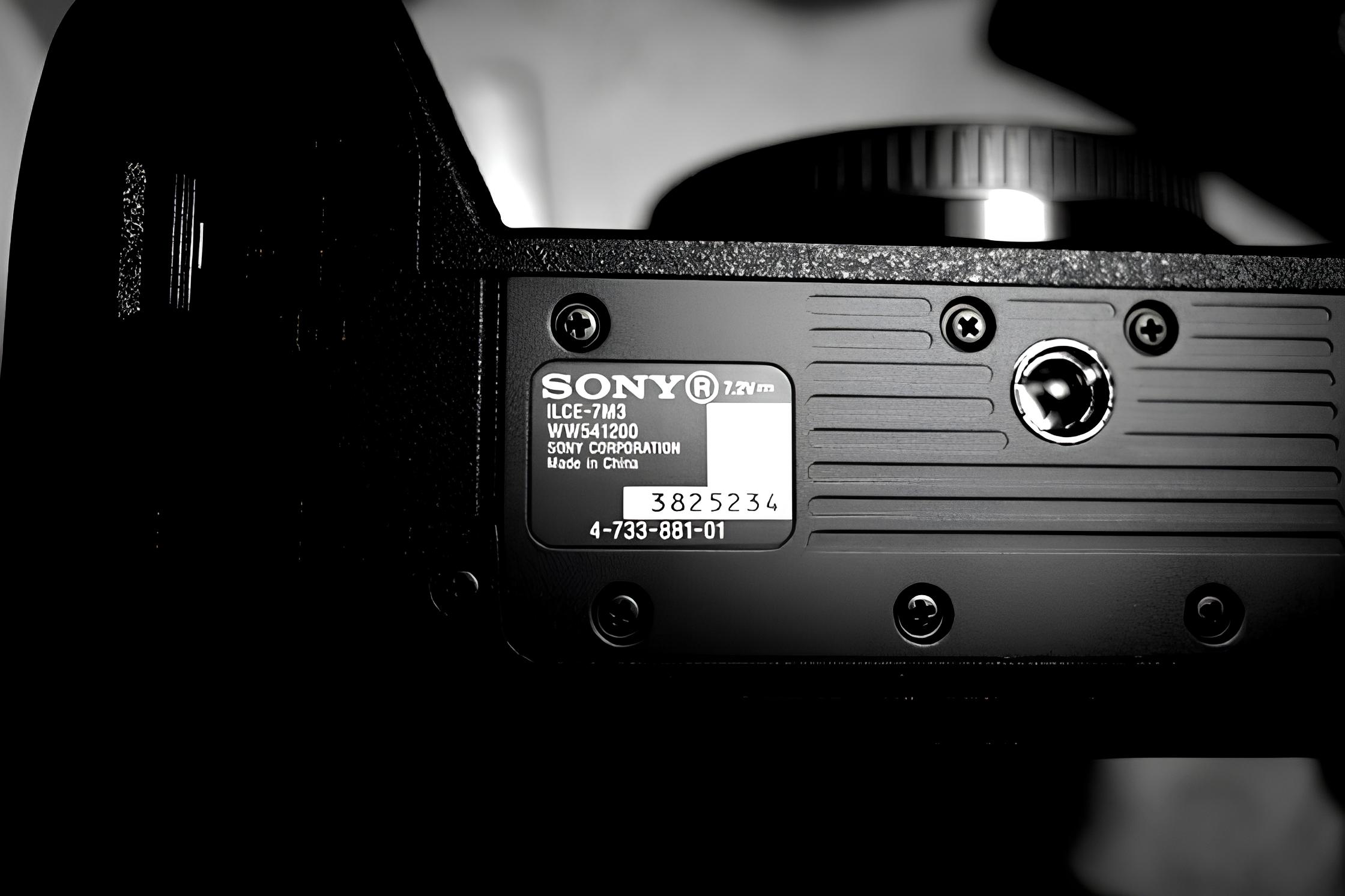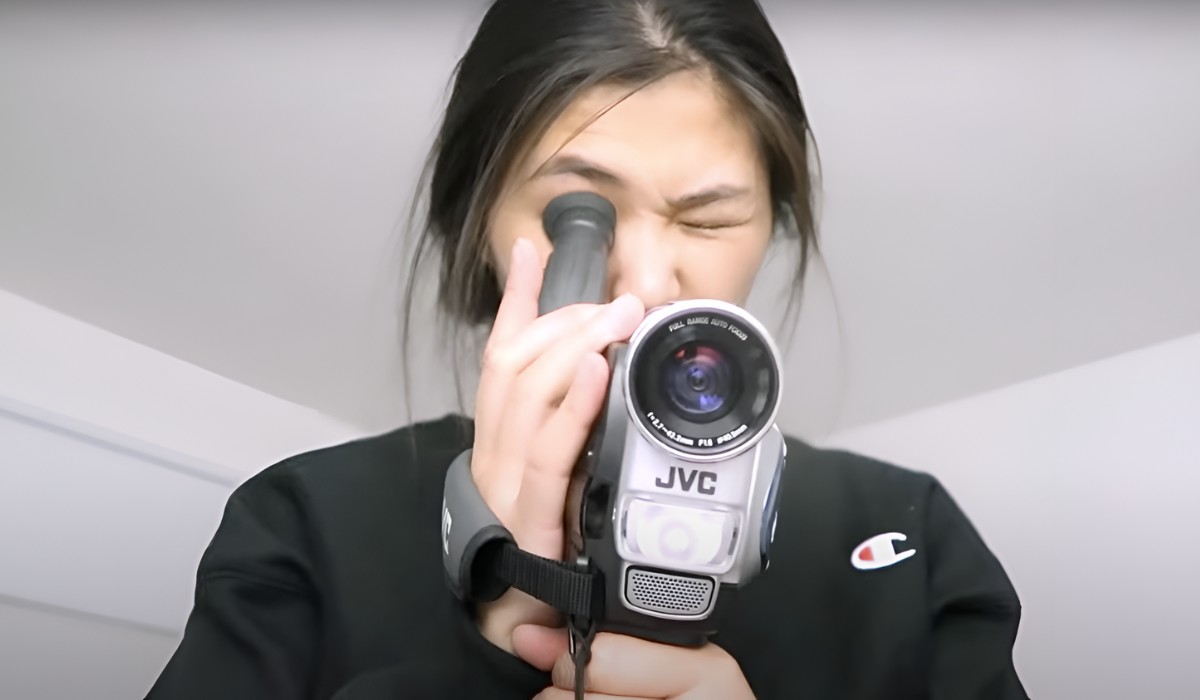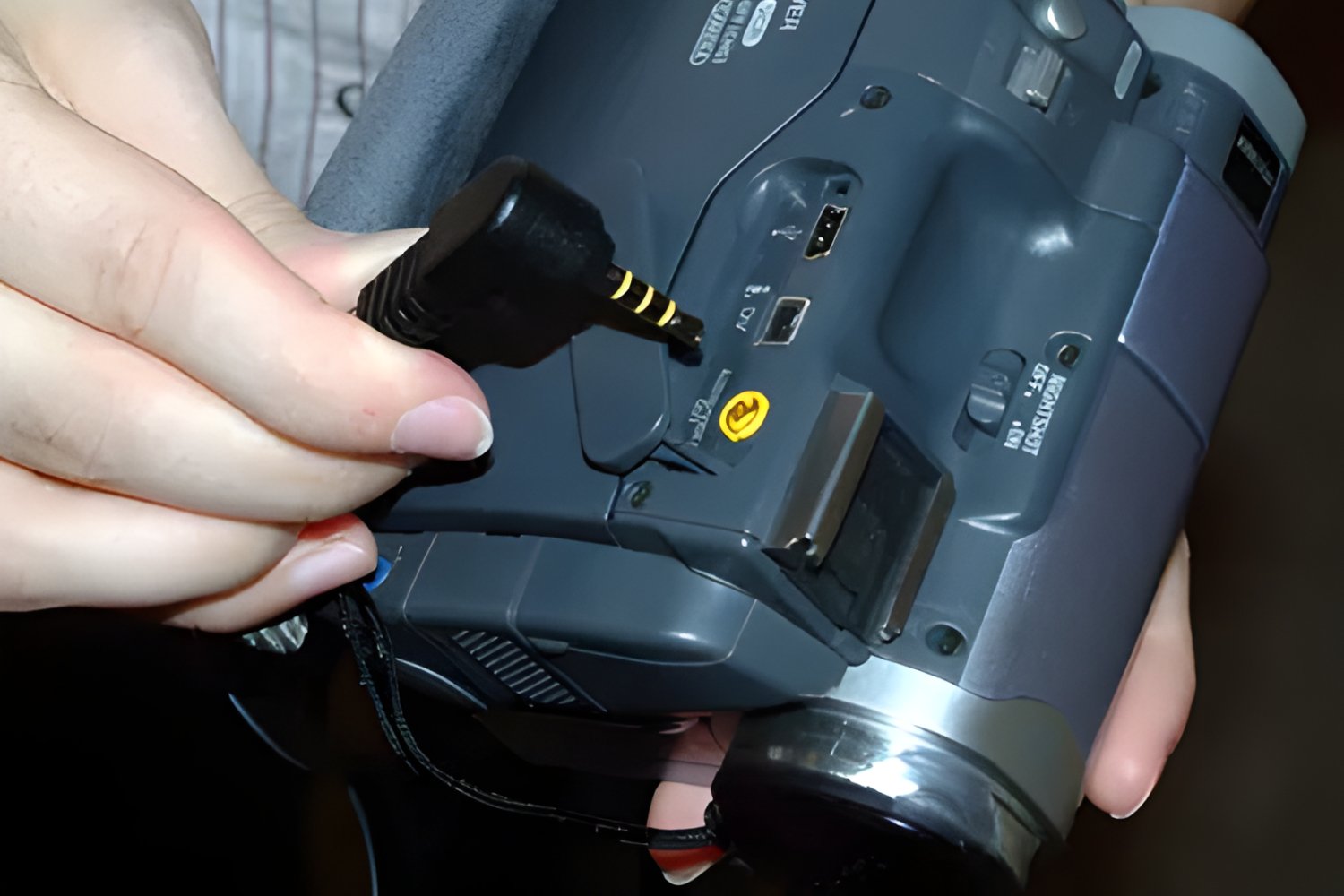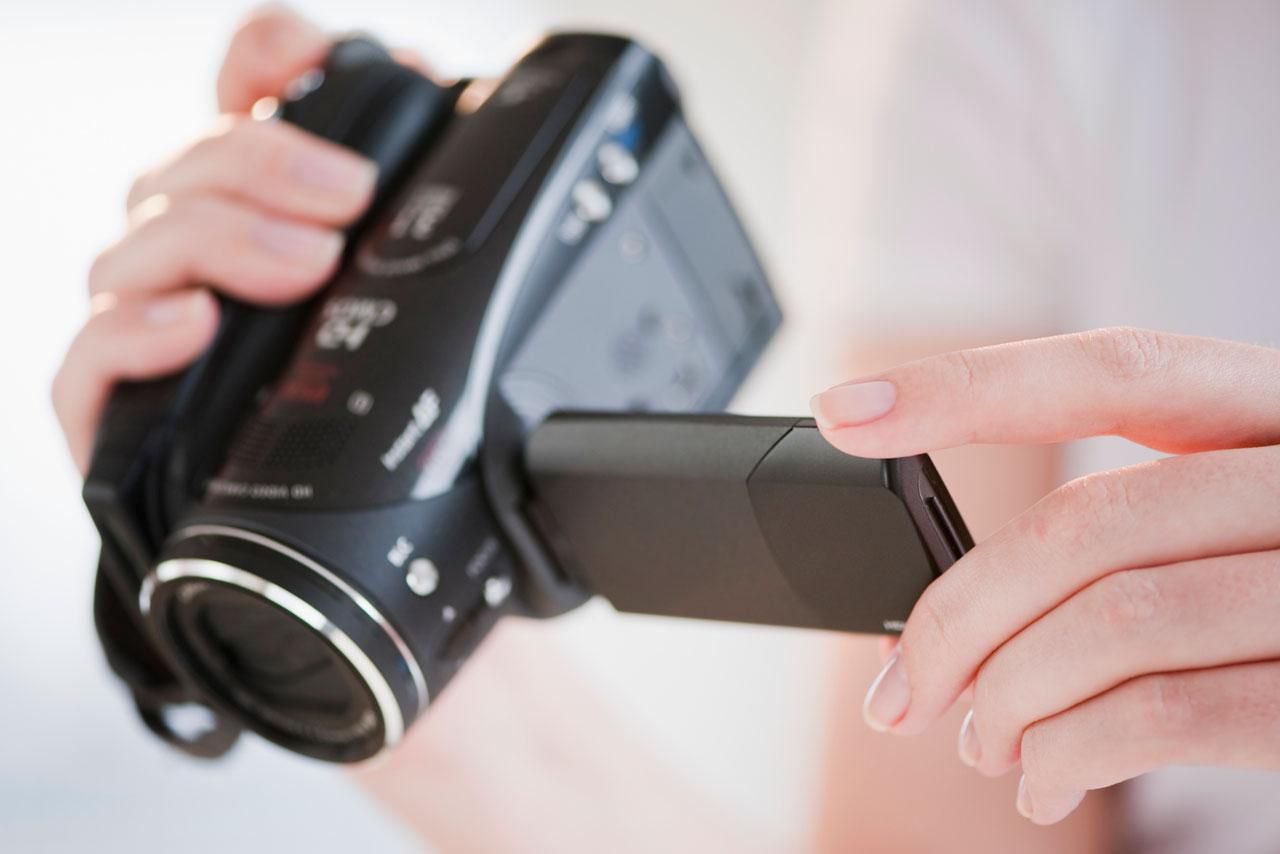Introduction
Camcorders have long been a reliable tool for capturing precious moments, whether it’s a family vacation, a child’s first steps, or a special event. However, there are times when the footage captured by a camcorder may not be as clear as expected, leaving users frustrated and wondering why the video quality is subpar. In this article, we will explore several common reasons why a camcorder may not produce clear footage and provide insights on how to address these issues.
From a dirty lens and low light conditions to incorrect focus and low-quality recording settings, there are various factors that can contribute to blurry or unclear video output. Understanding these potential issues can help users troubleshoot their camcorders and take steps to improve the clarity of their recordings. Additionally, advancements in technology have rendered some older camcorders outdated, leading to diminished video quality compared to modern devices. By delving into these factors, users can gain a better grasp of why their camcorder may not be delivering the clear footage they desire.
Whether you are a casual videographer or a professional filmmaker, having a clear understanding of the factors that impact camcorder video quality is essential for producing visually stunning and captivating content. By addressing these common issues, users can optimize their camcorder’s performance and ensure that their recordings are crystal clear, allowing them to preserve cherished memories and create compelling visual narratives.
Dirty Lens
One of the most common culprits behind unclear camcorder footage is a dirty lens. Over time, dust, smudges, and fingerprints can accumulate on the lens, obstructing the passage of light and resulting in blurry or hazy recordings. This issue is especially prevalent in portable camcorders that are frequently handled and exposed to various environmental conditions.
To address this issue, users should start by gently cleaning the lens with a microfiber cloth specifically designed for optics. It’s important to avoid using rough or abrasive materials, as these can scratch the lens and further degrade the video quality. Additionally, using a small amount of lens cleaning solution can help remove stubborn smudges and ensure that the lens is free from contaminants that may compromise the clarity of the footage.
Regular maintenance of the camcorder lens is essential for preserving the quality of the recordings. By keeping the lens clean and free from obstructions, users can ensure that their footage remains sharp and visually appealing. Furthermore, adopting good handling practices, such as storing the camcorder in a protective case when not in use, can minimize the accumulation of debris on the lens and prolong its clarity.
Low Light Conditions
Another common factor that can contribute to unclear camcorder footage is low light conditions. When recording in environments with insufficient lighting, the camcorder may struggle to capture clear and detailed images, leading to grainy or dim footage. This issue is particularly noticeable in indoor settings, during evening events, or in poorly lit spaces where natural or artificial light is limited.
To address this challenge, users can consider utilizing additional lighting sources to enhance the visibility and clarity of their recordings. For indoor settings, using softbox lights or LED panels can effectively illuminate the scene and improve the overall video quality. Similarly, for outdoor filming during low-light conditions, portable LED lights or external flashes can provide the necessary illumination to ensure clear and vibrant footage.
Furthermore, adjusting the camcorder’s settings to optimize performance in low light can also make a significant difference. Many modern camcorders offer low-light or night mode settings that are specifically designed to enhance visibility in dimly lit environments. By activating these features, users can improve the overall brightness and clarity of their recordings, resulting in sharper and more detailed footage even in challenging lighting conditions.
Understanding the impact of low light conditions on camcorder performance is crucial for achieving high-quality recordings in various settings. By employing appropriate lighting techniques and leveraging the camcorder’s low-light capabilities, users can overcome the challenges posed by insufficient illumination and ensure that their footage remains clear and visually captivating.
Incorrect Focus
Another potential cause of unclear camcorder footage is incorrect focus. When the camcorder fails to accurately focus on the subject or scene, the resulting recordings may appear blurry or lack definition, diminishing the overall visual quality. This issue can be particularly frustrating, especially when capturing fast-paced or dynamic events where precise focus is essential.
To address this issue, users should familiarize themselves with the focus controls and settings available on their camcorders. Many modern camcorders offer autofocus capabilities, allowing the device to automatically adjust focus based on the subject’s distance and movement. However, in situations where manual control is preferred or necessary, users can take advantage of the camcorder’s manual focus feature to ensure precise and accurate focusing.
Additionally, understanding the principles of composition and framing can contribute to achieving optimal focus in camcorder recordings. By carefully positioning the subject within the frame and considering the depth of field, users can enhance the clarity and sharpness of their footage, resulting in visually striking recordings that effectively convey the intended visual narrative.
Moreover, practicing and honing one’s focusing techniques through regular use of the camcorder can significantly improve the overall quality of the footage. By developing a keen eye for detail and mastering the art of focus control, users can consistently produce clear, well-defined recordings that capture the essence and beauty of the subjects being filmed.
Low Quality Recording Settings
The selection of low-quality recording settings on a camcorder can significantly impact the clarity and overall visual appeal of the footage. When the recording settings are configured to prioritize smaller file sizes or lower resolutions, the resulting recordings may exhibit reduced sharpness, detail, and color depth, leading to subpar video quality.
To address this issue, users should familiarize themselves with the various recording settings available on their camcorders, including resolution, frame rate, and compression options. By selecting higher-quality recording settings that align with the intended use and distribution of the footage, users can ensure that their recordings maintain optimal clarity and visual fidelity.
Furthermore, understanding the impact of different recording settings on the overall video quality is essential for making informed decisions when capturing footage. For example, higher resolutions, such as 4K or 1080p, can deliver crisp and detailed recordings suitable for professional productions or high-definition displays. Similarly, adjusting the frame rate to accommodate the motion and visual aesthetics of the scene can enhance the fluidity and realism of the footage.
Additionally, users should consider the available storage space and processing capabilities of their camcorders when selecting recording settings. While higher-quality settings yield superior visual results, they may require more storage space and computing power. Balancing the desired video quality with practical considerations can help users optimize their recording settings for exceptional clarity without compromising performance or storage efficiency.
By understanding the importance of selecting appropriate recording settings and leveraging the capabilities of modern camcorders, users can ensure that their footage maintains outstanding clarity, detail, and visual impact, elevating the overall quality of their video recordings.
Outdated Technology
As technology continues to advance at a rapid pace, older camcorders may struggle to deliver the level of video quality and clarity expected in today’s standards. Outdated technology, including aging image sensors, limited resolution capabilities, and inferior processing algorithms, can contribute to diminished video quality, making it challenging for users to achieve the level of clarity and visual fidelity offered by modern camcorders.
To address this issue, users may need to assess whether their current camcorder is equipped with the necessary features and capabilities to meet their desired standards for video quality. Upgrading to a more modern camcorder with enhanced imaging technology, higher resolution capabilities, and improved image processing algorithms can significantly elevate the clarity and visual appeal of the recordings, providing users with the tools they need to capture stunning, high-definition footage.
Furthermore, staying informed about the latest advancements in camcorder technology and understanding the impact of these innovations on video quality can empower users to make informed decisions when considering an upgrade. Features such as larger image sensors, advanced image stabilization, and high-efficiency video codecs can greatly enhance the clarity, detail, and overall visual impact of the recordings, ensuring that users can achieve professional-grade results.
It’s also important for users to consider the evolving standards for video resolution and display technologies. As high-definition and ultra-high-definition formats become increasingly prevalent, older camcorders may struggle to deliver the level of clarity and detail expected by modern audiences. Upgrading to a camcorder that supports the latest video standards can future-proof the user’s ability to capture and present visually stunning recordings.
By recognizing the limitations of outdated camcorder technology and exploring the benefits of upgrading to modern devices, users can ensure that their recordings maintain exceptional clarity, detail, and visual impact, allowing them to create captivating visual narratives and preserve cherished memories with unparalleled quality.
Conclusion
Understanding the factors that contribute to unclear camcorder footage is essential for achieving optimal video quality and visual appeal. From addressing issues such as dirty lenses and low light conditions to mastering focus control and selecting appropriate recording settings, users can take proactive steps to ensure that their recordings maintain exceptional clarity and detail. Additionally, recognizing the impact of outdated technology on video quality highlights the importance of staying informed about the latest advancements in camcorder technology and considering potential upgrades to modern devices.
By prioritizing regular maintenance and cleanliness of the camcorder lens, users can mitigate the impact of dust, smudges, and fingerprints on the clarity of their recordings, ensuring that the footage remains sharp and visually striking. Moreover, leveraging additional lighting sources and optimizing the camcorder’s settings for low-light environments can enhance visibility and detail, resulting in clear and vibrant footage even in challenging lighting conditions.
Mastering focus control and composition techniques empowers users to capture well-defined and visually compelling recordings, conveying the intended visual narrative with precision and artistry. Additionally, selecting appropriate recording settings that align with the intended use and distribution of the footage is crucial for maintaining optimal clarity, detail, and visual fidelity, elevating the overall quality of the video recordings.
Recognizing the limitations of outdated camcorder technology underscores the value of considering upgrades to modern devices that offer enhanced imaging technology, higher resolution capabilities, and advanced features that elevate the clarity and visual impact of the recordings. By embracing the latest advancements in camcorder technology, users can future-proof their ability to capture stunning, high-definition footage that meets the evolving standards for video resolution and display technologies.
Ultimately, by addressing these common factors that contribute to unclear camcorder footage, users can optimize their recordings for exceptional clarity, detail, and visual impact, enabling them to create captivating visual narratives and preserve cherished memories with unparalleled quality.







